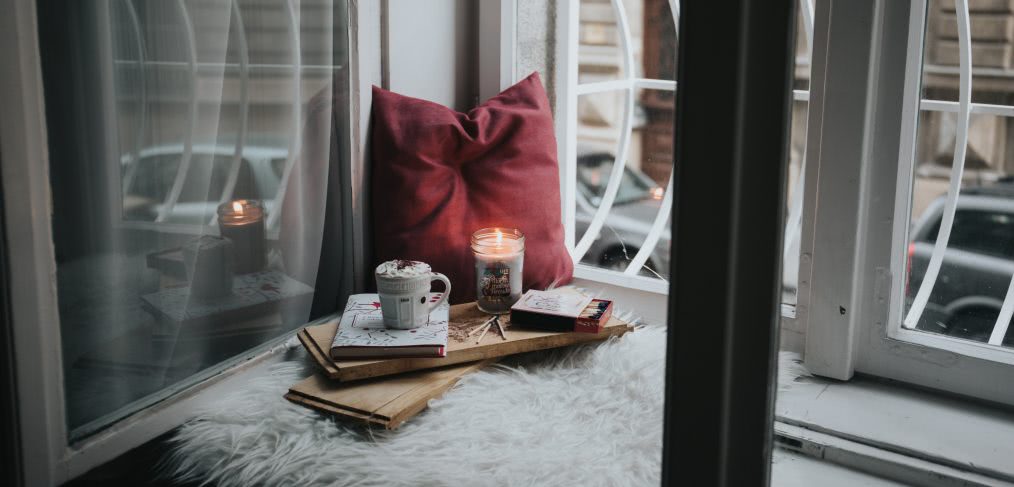
Gettin’ Hygge With It
CRTKL’s Kevin Ketschek, Jayme Schutt and Kate Kyung-ha Lee take a look at some interior design buzzwords: hygge and lagom.
In the past few years, we’ve watched design trends come and go as quickly as they began. But few trends have been as pervasive and long-lasting as those of “hygge” and “lagom.” Hygge is a Danish concept, defined as, “A quality of coziness and comfortable conviviality that engenders a feeling of contentment or well-being.” In the long, cold, dark Danish winters, hygge brings a sense of security, comfort and relaxation. It’s a pleasant experience—one filled with soft textures, warm lighting, flickering fires and perhaps a glass of mulled wine or two. It’s no surprise, then, that the concept has swept the design world into its heartfelt embrace.
Perhaps less well-known, but equally as relevant, is the Swedish idea of “lagom,” meaning moderation or having exactly what you need and nothing more or less. Both hygge and lagom are all about the measured, curated experience and about being comfortable where you are and with what you have.
So how are these concepts utilized in design?
 Kevin Ketschek, Associate Vice President, Hospitality
Kevin Ketschek, Associate Vice President, Hospitality
Hygge is all about comfort, intimacy and support, and I can’t think of a better place to use those principals than in spa design. People visit spas in order to take breaks from their busy, hectic lives. When designing these spaces, it’s imperative to create a calming and serene atmosphere and to emphasize the guests’ comfort. Dim lighting, soft surfaces and rounded corners bring a feeling of relaxation to a space.
It’s also incredibly easy to apply the concept of lagom to this industry. The premiere hotelier Marriott has revamped their “core business brand” design strategy, essentially removing the unnecessary from their guestrooms. They include only the essentials, allowing guests to truly enjoy the space available. Tables, nightstands, dressers and lamps have been edited, and that which remains has been integrated architecturally to minimize wasted space. Even the Marriott signature “desk that works” has been reduced to just the essential size. With smaller personal devices, there is no longer a need for huge work surfaces for today’s road warriors.
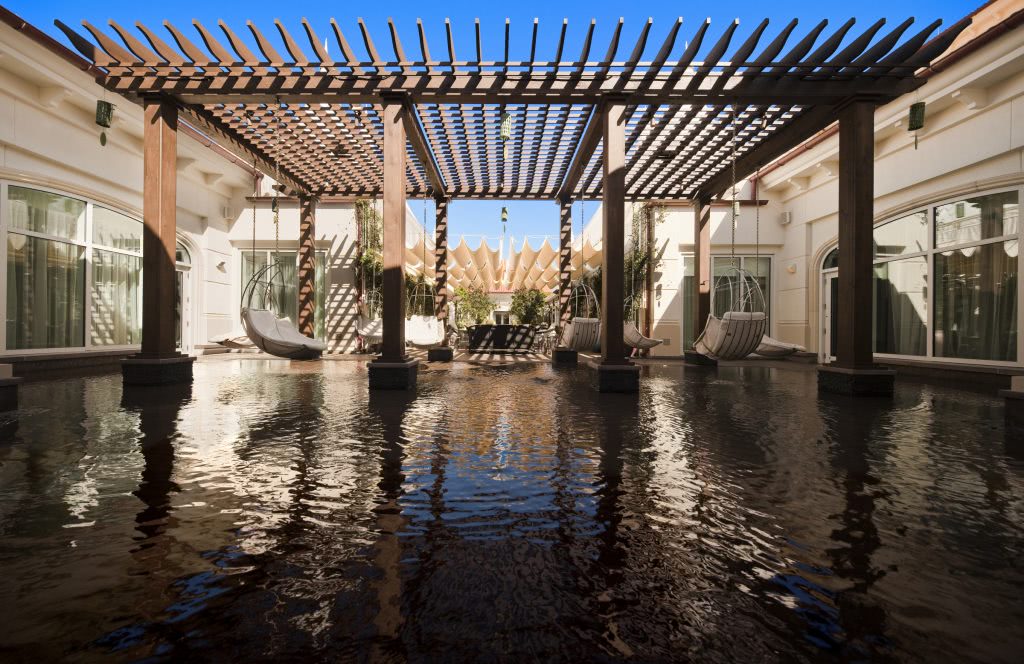
Outside the hospitality industry, we have all seen the trending TV shows about the tiny house movement. People of all ages are choosing to downsize their lives so that they can enjoy more time experiencing life, instead of just living to work. By downsizing their homes and belongings to just the essentials, they are making a conscious choice to suffice with just enough. Tiny houses with their finite space force people to let go of the unnecessary, keeping only that which is necessary and truly appreciated.
Gone are the days of Deco, Baroque, and Biedermeier; today’s product designers favor clean lines and a minimalist approach. You only have to look at up-and-coming furniture designers to see how their creations lean towards the un-embellished. They choose to emphasize just what is necessary for function and juxtapose materials just enough to create visual interest.
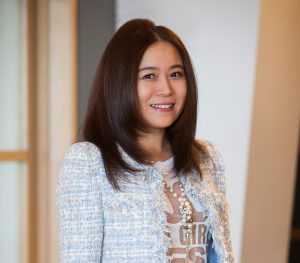 Kate Kyung-ha Lee, Senior Associate, Retail
Kate Kyung-ha Lee, Senior Associate, Retail
Hygge and lagom are both concepts that we understand but don’t have words for in English. The hype surrounding them is in part due to our returning emphasis on health and wellness. But these concepts can be applied across the board, and, in fact, they often co-exist—especially in retail.
Retail is not only about selling things, it’s about creating a feeling and giving the experience to a customer. Retailers can provide a hygge-like experience by offering cozy, private dressing rooms and opportunities for customization. New retail stores tend to include lounge space with more personalized services and experiences, such as treads mills or basketball courts where customers can actually wear try on the items while participating in actual activities. Retail stores have also been incorporating more cultural experiences like collaborations with local artists and local events like marathons, yoga classes and charity work. It’s all about making the customer feel welcome and comforted in the space.
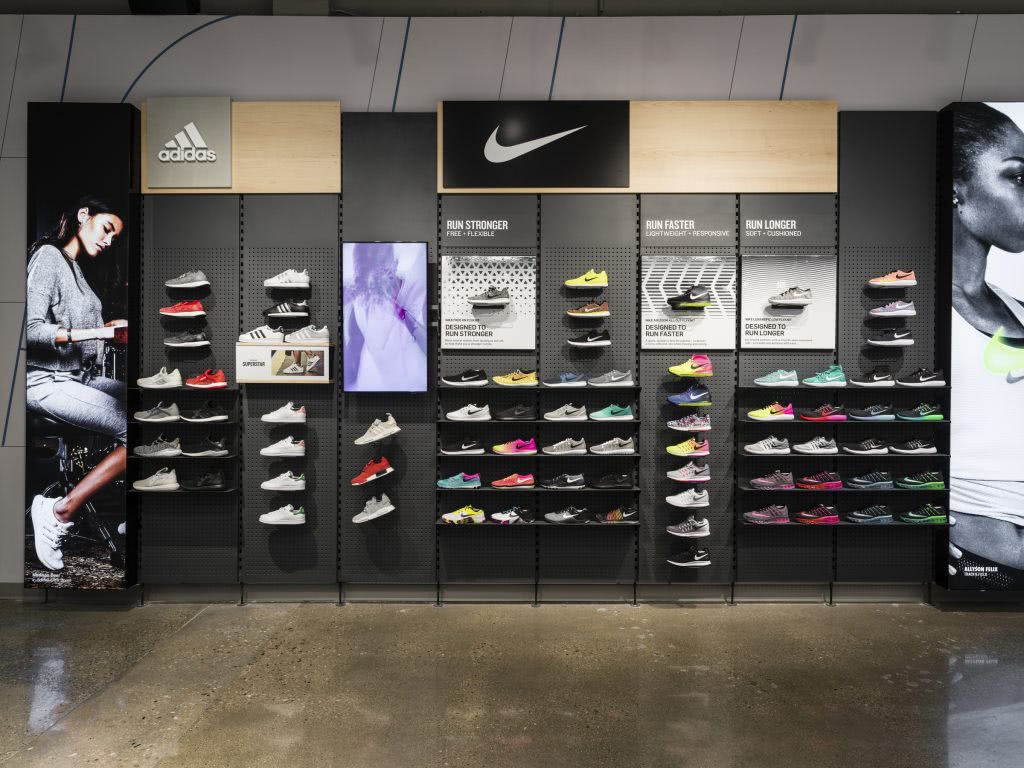
In terms of lagom, we’ve seen retail stores move towards minimizing the product display on the sales floor. Now, they aim to have just the right amount of the products at the store so as not to overwhelm the customers with clutter. Many stores, like Nike and Finish Line, have even begun to use mobile shelving in the back-of-house, allowing them to keep more stock behind the scenes instead of sales floor. Further, retail has started to embrace the BOPIS (Buy Online, Pick Up In Store) model to eliminate the fuss of traditional shopping.
 Jayme Schutt, Associate, Retail
Jayme Schutt, Associate, Retail
Hygge is a concept that most have been living perhaps without even being aware of it. Hygge is about capturing a feeling, about presenting oneself or one’s environment in a particular way, and it feels almost aspirational for the majority. Of course, there are some who live this way, have lived this way and will continue to live this way. It’s part of their being. Right or wrong, things bring joy and being surrounded by those things is a must. It sounds as if I am bringing a negative light to hygge, but really it’s quite the contrary. I would venture to guess that if more people had the space or the monetary ability to design in this way, hygge would be in complete full force. Who wouldn’t want to live in “sublime coziness”?
However, I think in the mix of all this “coziness,” it’s easy to get lost. It, whatever “it” is, becomes a goal, a life’s mission; it becomes a picture that we must paint, and that painting never seems to be complete. We add and add and add, because more cozy is more cozy and that can only be a positive thing…right? Maybe not.
Insert Lagom—the perfectly edited style. Lagom, as I understand it, is meant to be just right for the individual. It’s personal. It’s living in moderation but with balance. It’s not scarce, but it’s not abundant. Even as I’m saying these things I can’t help but think it feels like an overall heathy way of living. We’ve all heard a million times: everything in moderation. It’s almost like we’re taking that slogan and applying it to every aspect of life.
Even in my own home, I’ve had people tell me, “Wow, your home is so edited. I don’t know that I could do that.” (I’ve asked numerous times if they mean that in a positive way, and I’m assured yes, so I’m going with it!) My response is typically, “Everything has a place and if it doesn’t, then it doesn’t have a place.” It sounds silly, but all I mean is, if it’s not adding value to my space, whether it’s in beauty or in function, then it doesn’t belong. Now I’m sure you probably think I must live in a sterile cave, but I promise you I don’t. The recent Scandinavian trends that have crept their way to the States are every bit my inspiration.
These design concepts can also be applied to retail, but just as I don’t feel as though one is right or wrong for the individual, the same goes for our clients. It should always be about the brand and what that brand is trying to evoke. Both Hygge and Lagom require a custom approach in telling a story to the customer. Hygge is all about finding that special comfort zone filled with things that make you happy. Lagom isn’t as much about standing out, but it does mean curating a space that is just right for you, rather than one full of needless clutter.
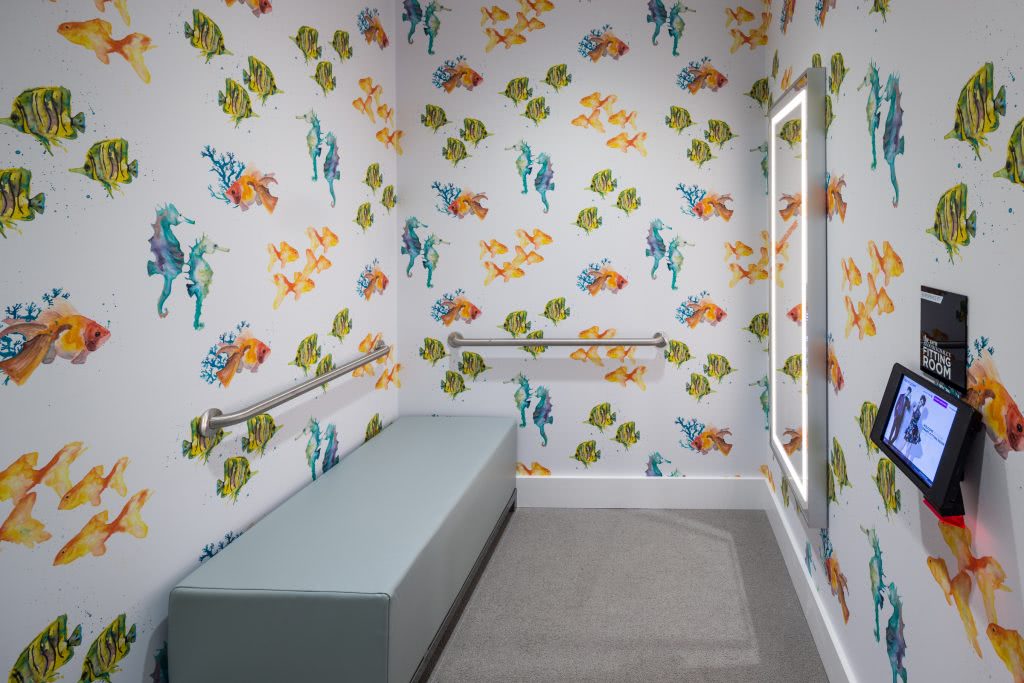
We’re seeing it everywhere in retail now. Retailers want to give a strong brand message that tells their customers who they are, but, more importantly, they want to give consumers the option to tell a personal story with their possessions. I think retailers and designers can embrace the concepts of hygge and lagom by bringing unique elements into a space and layering them thoughtfully to create a feeling of comfort and specialization.
